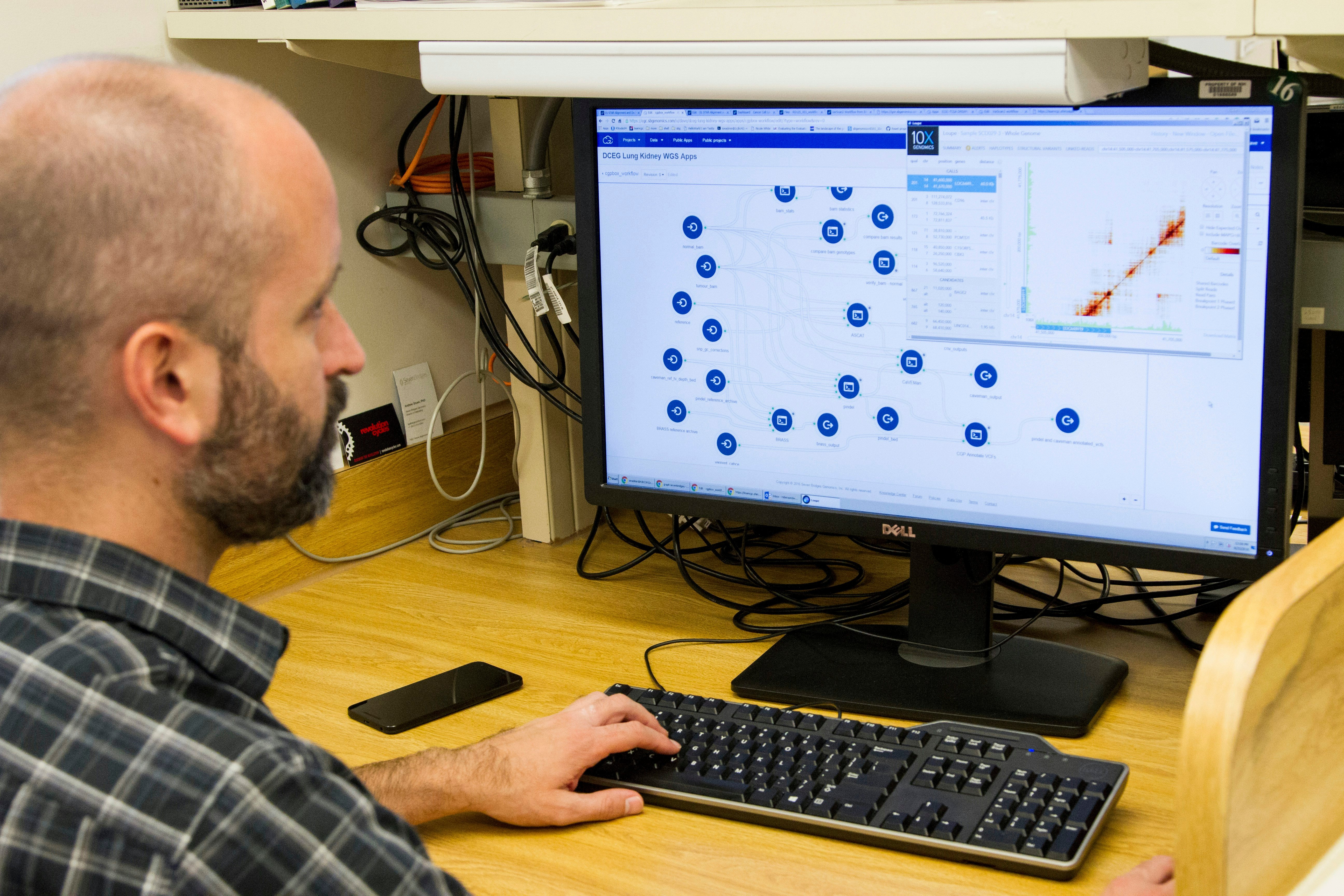
Columbia University’s Mailman School of Public Health
Research Urges Redefining Public Health Workforce
As the U.S. continues to face complex public health challenges, a new paper published by a researcher at Columbia University Mailman School of Public Health calls for a redefinition of the public health workforce—one that goes beyond traditional boundaries and acknowledges the growing number of professionals outside government agencies who contribute to public health.
Published in the American Journal of Public Health (AJPH), the paper argues that while government remains the backbone of public health service delivery, it is no longer sufficient to define the workforce solely by occupation or by employment within public health departments. For example, simply counting all nurses does not reveal how many are engaged specifically in public health work.
Author Heather Krasna, PhD, EdM, MS, associate dean of Career and Professional Development at Columbia Mailman School proposes an intersectional framework that classifies the public health workforce into two tiers:
The 10 Essential Public Health Services provide a framework for public health to protect and promote
the health of all people in all communities. The Foundational Public Health Services are meant to apply specifically to government health departments and “define a minimum package of public health capabilities and programs that no jurisdiction can be without.” These frameworks could be used to assess which workers contribute to these services beyond government, according to Krasna.
“This innovative approach shifts the focus from job titles to job impact, effectively ‘reverse engineering’ the workforce definition by starting with the services delivered and identifying who delivers them—regardless of where they work,” says Krasna. “The paper emphasizes that this model allows researchers and policymakers to better understand and support the broader ecosystem of professionals contributing to the health and well-being of the population.”
By embracing this expanded definition, Krasna argues, we can assess whether certain services provided by the “core” workforce are outsourced to the private sector to in a way which may be less cost-effective, or whether there are gaps in the workforce. With this definition, we can also develop more accurate workforce assessments, shape more effective training programs, and ensure stronger, more resilient public health systems. “In fact, without more accurate assessments, we lack a clear understanding of who comprises the public health workforce and whether essential public services can be effectively delivered during a crisis or in the face of a future pandemic,” observes Krasna.
Columbia University Mailman School of Public Health
#//


